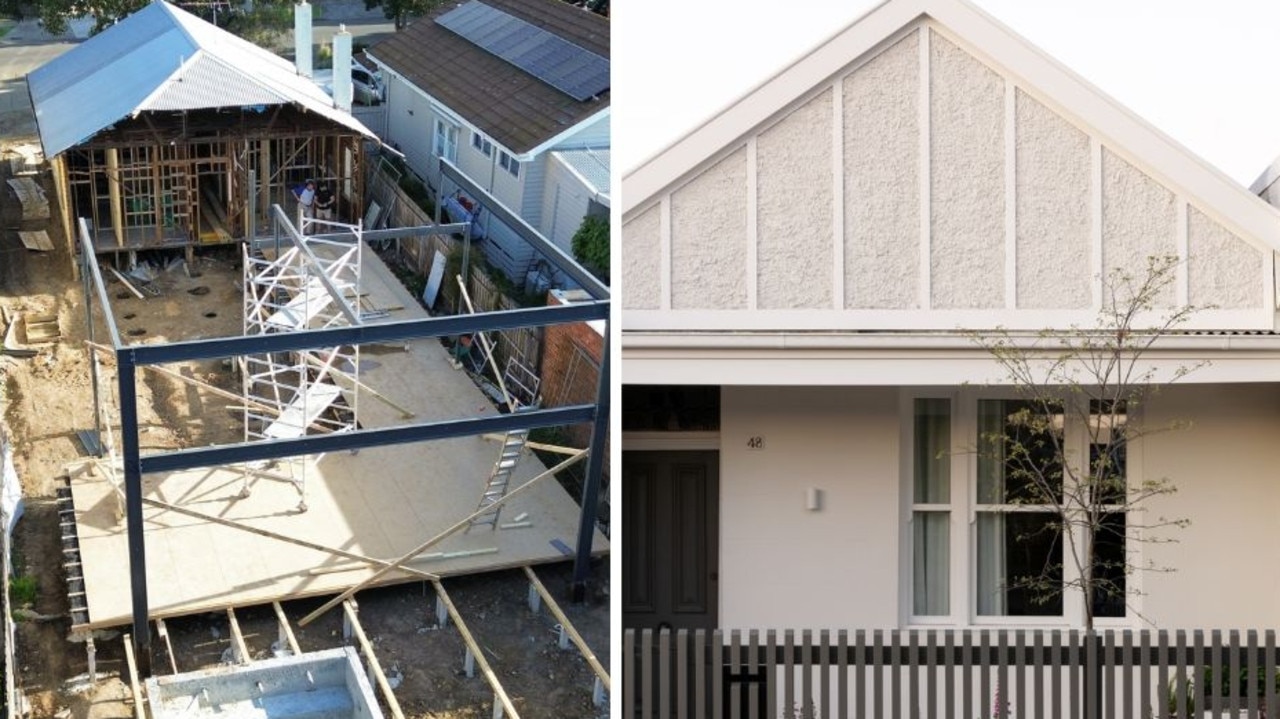Melbourne rental crisis gives insight into the suburbs that are primed for high-density development
Real estate experts have revealed soaring rental costs in some Melbourne suburbs could make them easy targets for future high-density housing development. See if yours is among them.
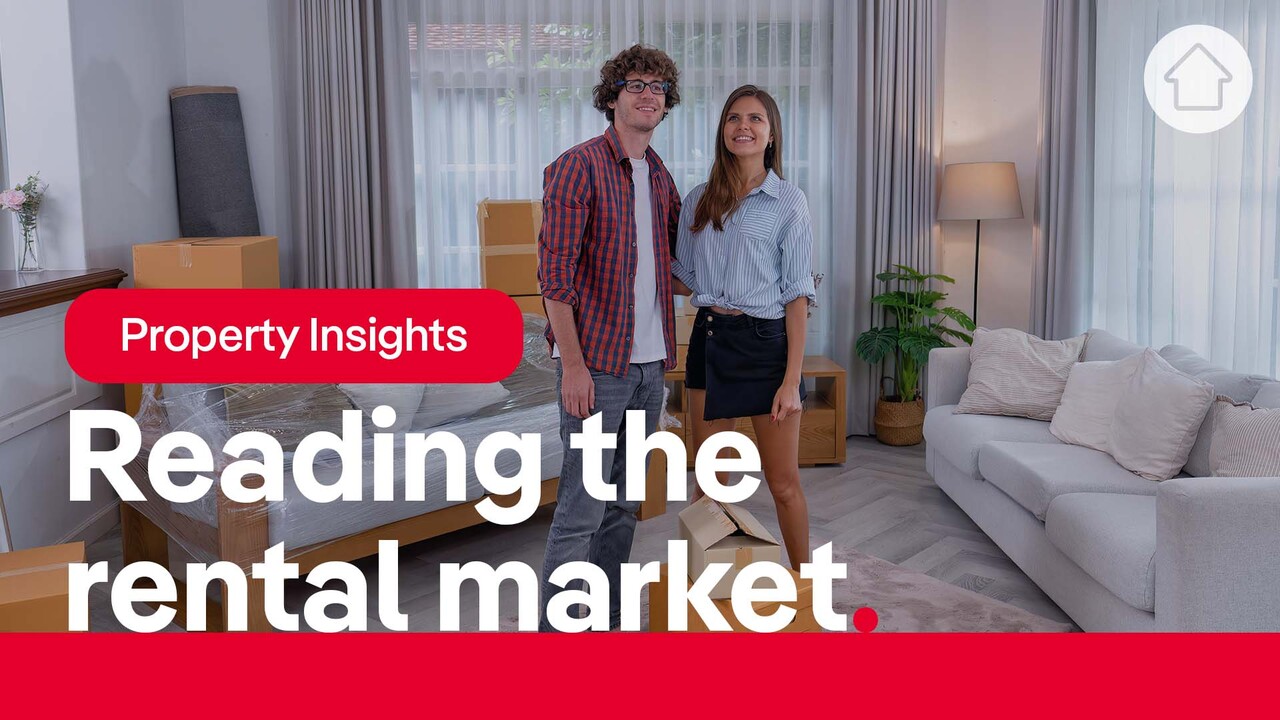
Melbourne suburbs where rents have surged the most since the pandemic have been tipped as some of the next areas the state government could target for high-density development.
Well-connected areas like Ashburton, Parkville, Aspendale, Caulfield South, Glen Waverley and Carlton have posted some of the biggest rises in weekly unit rents across the past three years, all of them up more than 40 per cent, according to new PropTrack data.
RELATED: ‘Too little, too late’: Crucial detail missing from Allan govt home plan
‘Reckless policy’: Vic govt stamp duty play a ‘trap’ for buyers
Jamie Durie rates Australia’s best decks
They’re among the more than 200 suburbs where rents are now at least $100 a week more expensive for units than in 2021, with high-density development hubs including Melbourne, West Melbourne and Southbank dominating the top of the growth areas.
See the full list of suburbs here
There were also 304 areas where tenants now pay anywhere from $100-$315 more for a house.
Last weekend the state government announced 25 Melbourne precincts where developers will now be able to build up to 20-storey towers, and noted a further 25 precincts would be revealed at a later date.
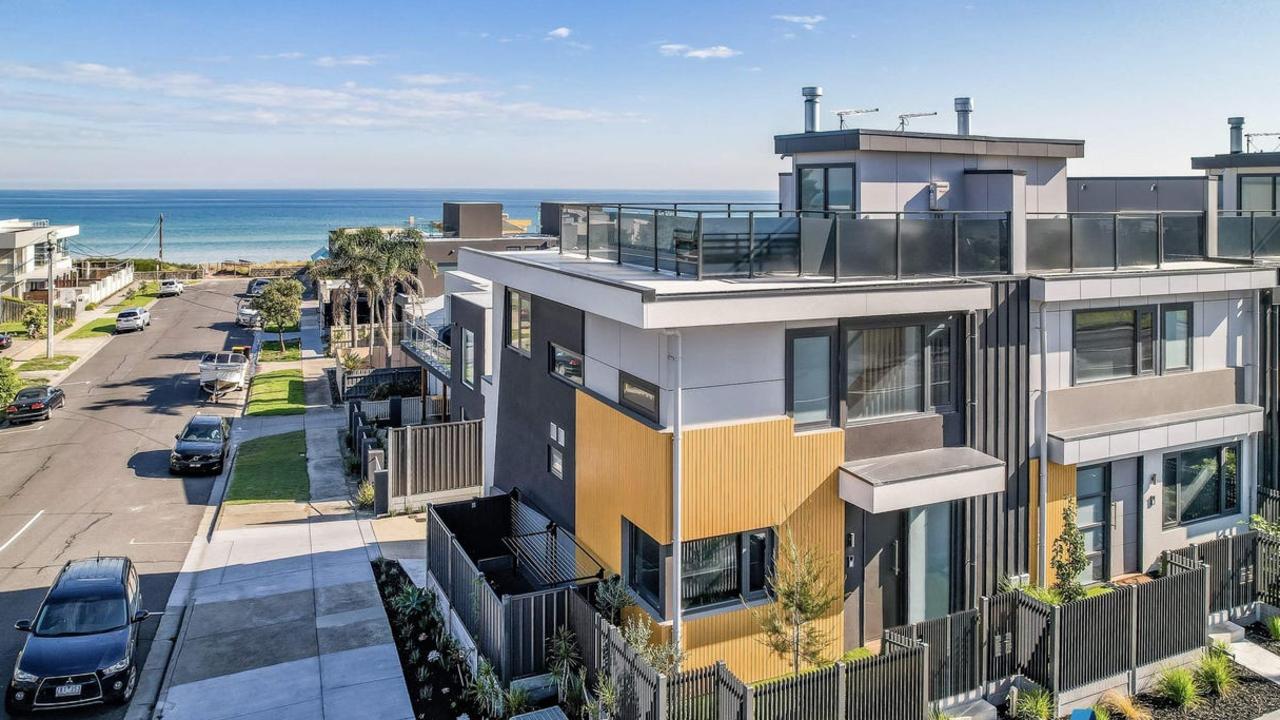
Of the precincts named so far, Oakleigh was the only spot from PropTrack’s top 20 areas to have experienced the biggest rental price growth in the past three years, leaving tenants relatively unrepresented in the Victorian government’s plans – so far.
Suburbs not named by the government so far with some of the city’s biggest rental increases include Alphington, up $150 (38 per cent), Watsonia, $150 (38 per cent), Kew, $158 (37 per cent) and Bentleigh, $160 (36 per cent) were also in the top 40 areas for the highest rise in costs for renters.
Real estate experts believe that with strong public transport connections and significant local infrastructure, these suburbs would be among the easiest places to sell developments, with clear demand from tenants likely to attract investors who historically purchase large shares of high-density housing.
Melbourne suburbs with the largest rental increase for units in past three years
Suburb: unit rent median — $ Increase (% increase)
Melbourne: $640 — $260 (68%)
West Melbourne: $600 — $220 (58%)
Southbank: $650 — $235 (57%)
Ashburton: $750 — $260 (53%)
Docklands: $650 — $225 (53%)
Travancore: $520 — $180 (53%)
Box Hill: $570 — $185 (48%)
Caulfield North: $590 — $190 (48%)
Caulfield South: $590 — $190 (47%)
Parkville: $540 — $165 (44%)
South Yarra: $575 — $175 (44%)
Footscray: $500 — $150 (43%)
Notting Hill: $500 — $150 (43%)
Oakleigh: $580 — $173 (42%)
Aspendale: $640 — $190 (42%)
Blackburn North: $580 — $170 (41%)
Glen Waverley: $650 — $190 (41%)
Essendon North: $480 — $140 (41%)
Forest Hill: $550 — $160 (41%)
South Melbourne: $610 — $174 (40%)
— Figures track highest median unit price growth by percentage from September 2021 to September 2024
Source: PropTrack
Pro-new housing group Yes In My Backyard lead organiser Jonathan O’Brien said coastal parts of Melbourne with good transport connections – like Aspendale where the median unit’s rent had risen from $450 a week to $640 (42 per cent) in three years – could prove very attractive for Gold Coast-like higher-density housing.
Preferring to rent than own himself, Mr O’Brien said while the soaring heights of the Queensland towers might not work in Melbourne, rising rents should be considered by the government in deciding where to increase density.
“I think we should use price as what it is meant to be: which is an indicator of demand,” he said.
“We know rents are entirely responsive to demand. And the only way to get more vacant homes (and lower rents), is to build more homes.”
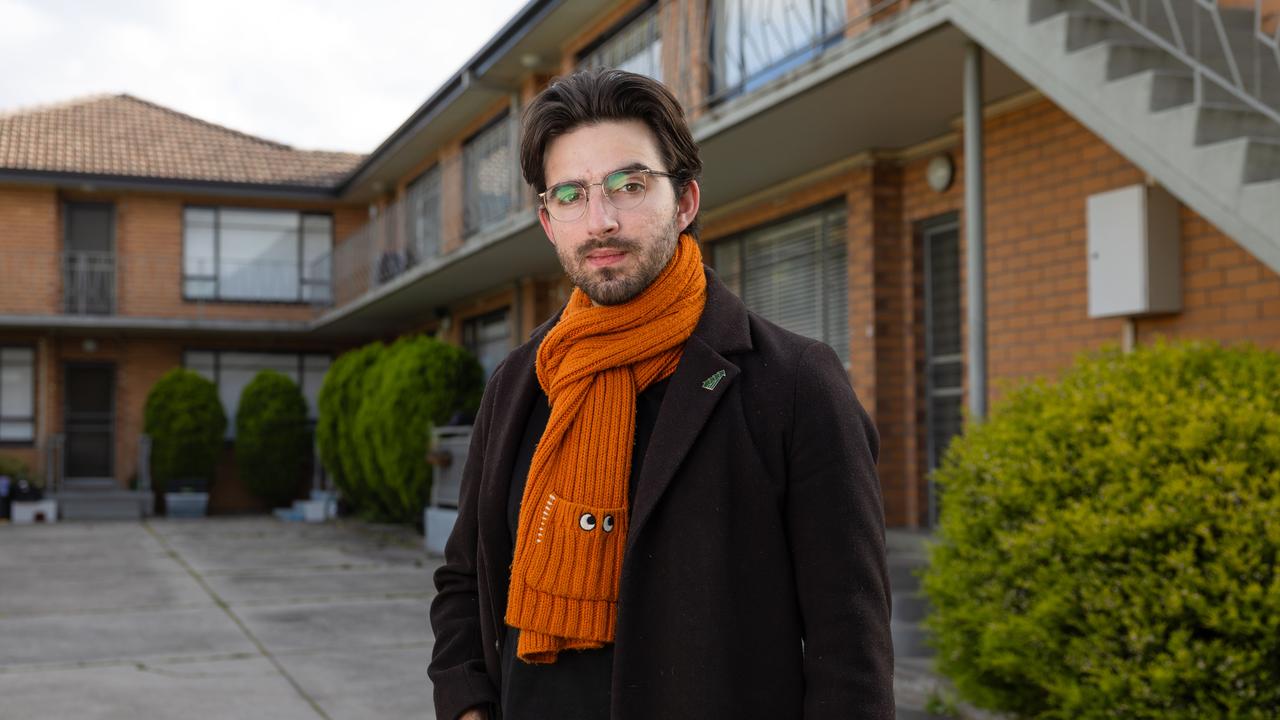
PropTrack senior economist Eleanor Creagh said building more homes was the “only sustainable solution over the long term” for rental shortages.
Ms Creagh said that high density housing had traditionally been sold well to developers, and had not been the “first choice or popular option” for homebuyers.
“But potentially, that is something that just has to change over the long term,” she added.
The economist said investors were likely to have an appetite for suburbs where rents were rising consistently.
Urban Development Institute of Australia Victorian chief executive Linda Allison said with surging rents a sign that there was “obviously more demand than supply”, logic would suggest areas with soaring rents are “certainly worth exploring”.
Ms Allison added that particularly for well-established suburbs, as populations aged it was likely there would be higher demand for in-home nursing care and support — with workers needing affordable homes nearby.
Ashburton had the highest increase in rents in the past three years outside of existing high rise suburbs, with the typical unit jumping from $490 a week to $750 a week (53 per cent).
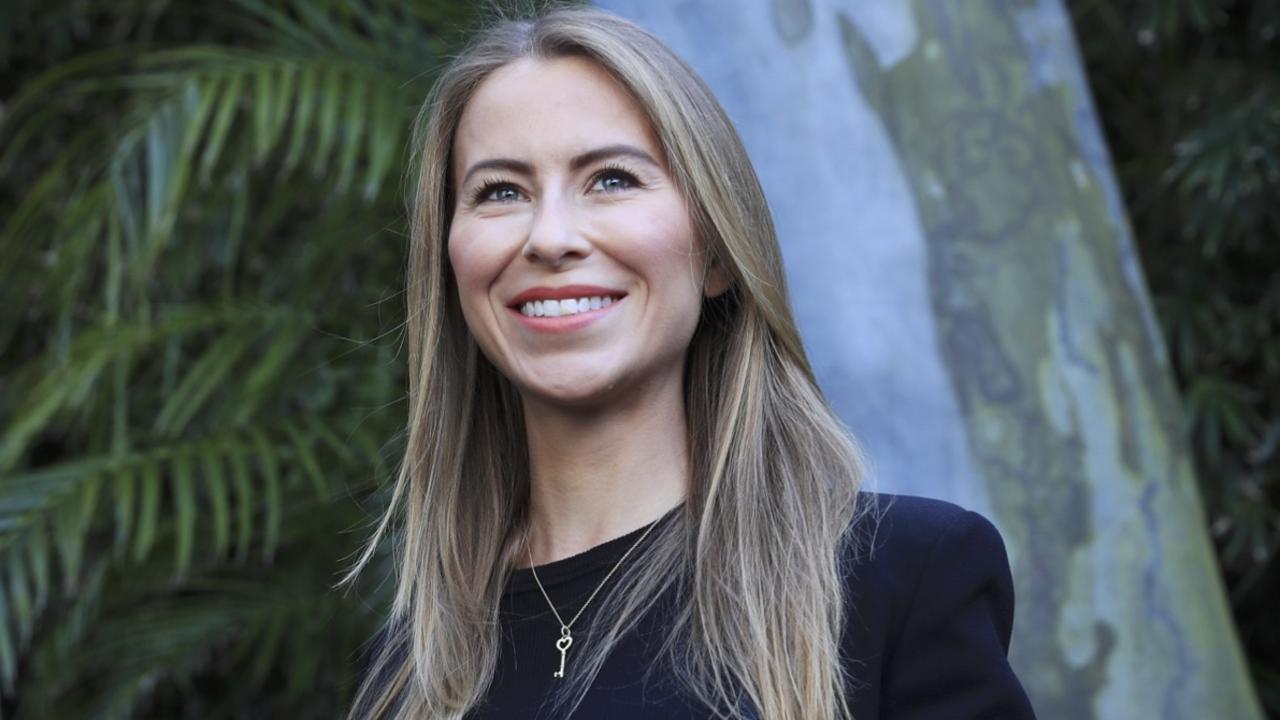
Shelter Real Estate’s Will Anderson, who grew up in Ashburton and sells homes in the suburb today, said knowing rents had surged meant he now felt nervous the area could be looked at by the government for further development.
Mr Anderson said while it was a gentrifying postcode with a train station, shops and schools so in demand that people from nearby areas were renting homes so they could get their kids into them, he felt higher density development wouldn’t “be the right thing for the area”.
While Melbourne rents have largely surged in the past three years, PropTrack data also shows they were flat in more than 100 suburbs in the past three months — the strongest sign yet Melbourne’s rental market has reached its “affordability ceiling”.
“After three years of significant increases, the affordability has decreased so significantly that rents are reaching the affordability ceiling,” Ms Creagh said.
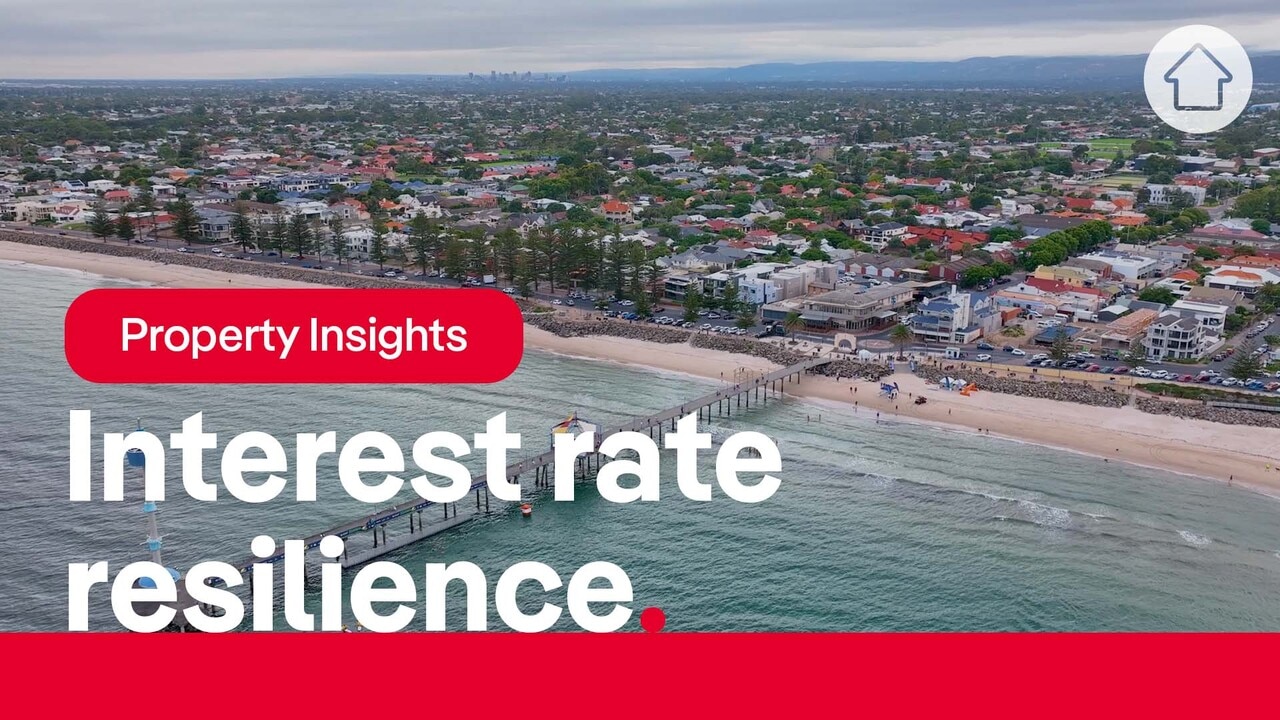
“Strained rental affordability is forcing more people to move back into sharehouses or back in with family.”
Better Renting executive director Joel Dignam said he had noticed signs that rental price increases had slowed in the past three to six months, likely a result of those who had boosted their savings over Covid becoming more restrained as they began to exhaust the funds.
Rental Search Australia founder Jade Costello added that she was seeing less demand coming to Melbourne from interstate in recent months, potentially reducing demand on the city’s rental market from people relocating to Victoria.
Sign up to the Herald Sun Weekly Real Estate Update. Click here to get the latest Victorian property market news delivered direct to your inbox.
MORE: Sad reality as Aus Bachelor cops another blow
$26bn and counting: what’s behind King Charles’ mind-blowing wealth
Rare three-home quirk of Blairgowrie treehouse compound
Originally published as Melbourne rental crisis gives insight into the suburbs that are primed for high-density development



